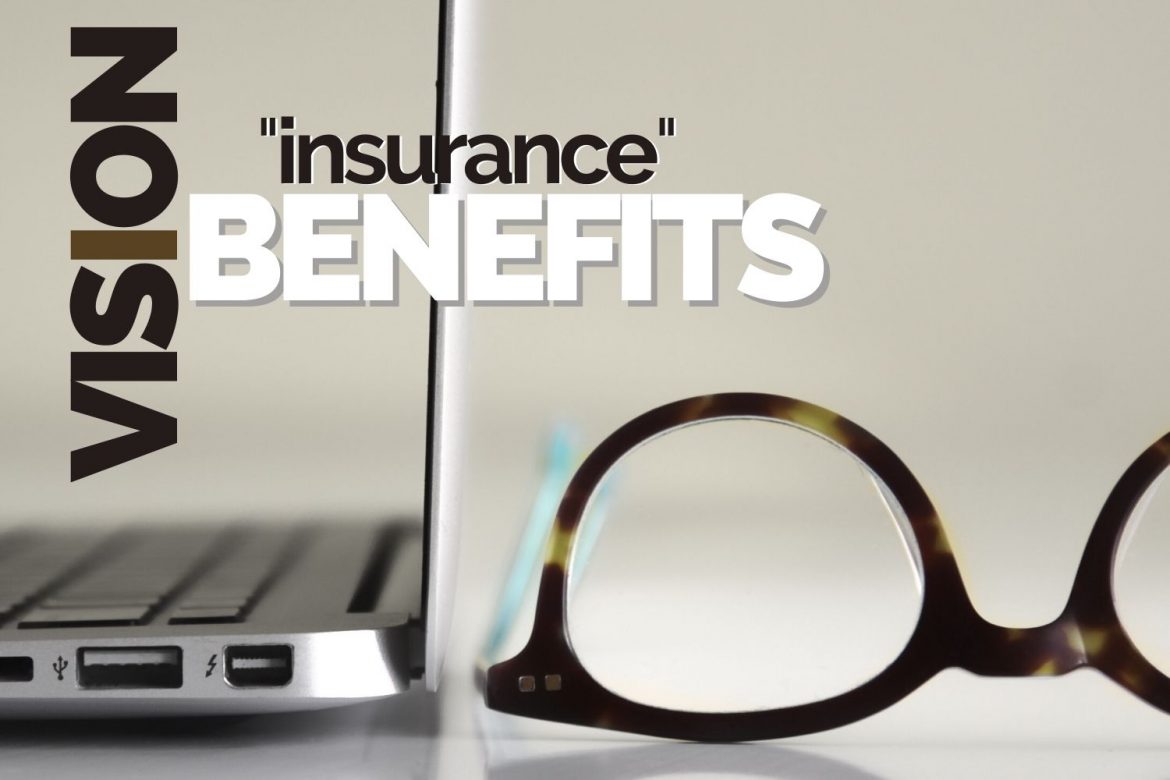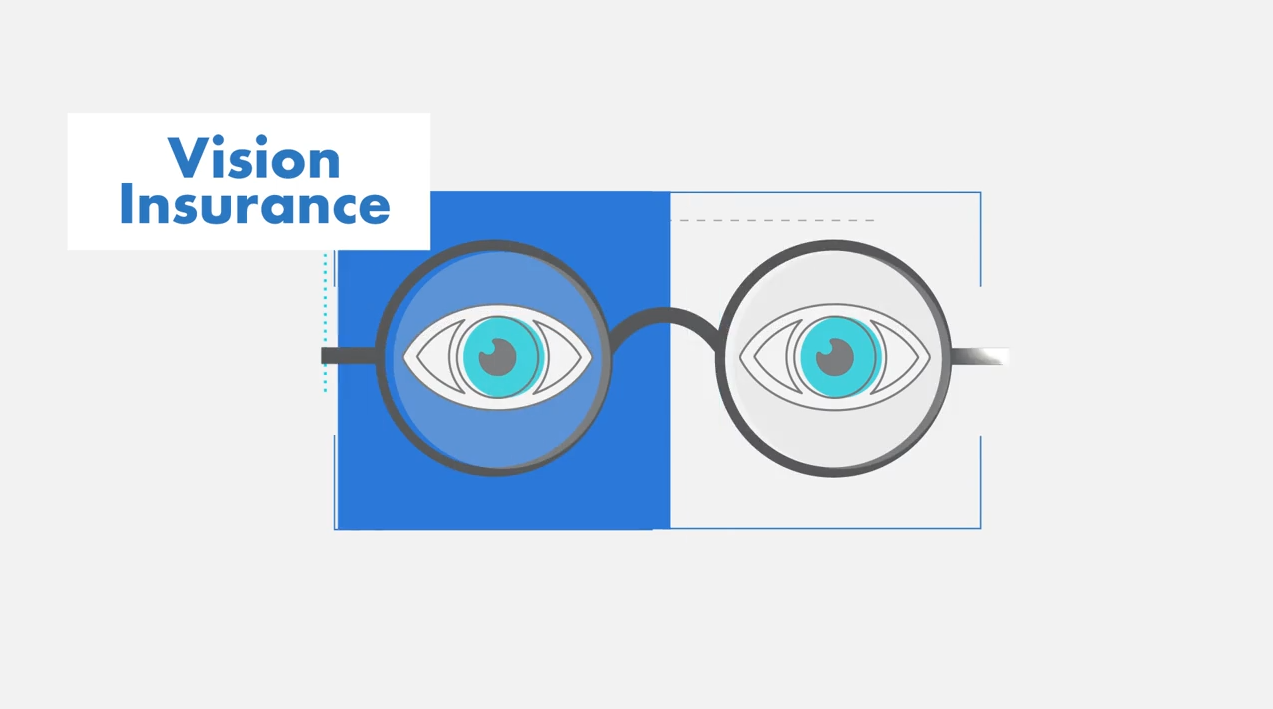Vision insurance is a type of health plan that covers some of the costs of eye care, such as eye exams, glasses, and contact lenses. Vision insurance can help you save money on your eye care needs, but not everyone may need it. Here are some factors to consider when deciding whether to buy vision insurance or not.

What Does Vision Insurance Cover?
Vision insurance typically covers the following services and products:
- Annual eye exam: This is a preventive check-up that can detect eye problems and diseases, as well as changes in your vision. An eye exam can also reveal other health issues, such as diabetes, high blood pressure, and glaucoma. Vision insurance usually covers the cost of an eye exam or requires a low copay.
- Glasses: This includes frames and lenses. Vision insurance usually provides an allowance for glasses, either annually or every other year. The allowance can range from $100 to $200, depending on the plan. You may have to pay a copay for lenses, and any amount over the allowance for frames. Vision insurance may also cover lens enhancements, such as anti-glare, blue light reduction, scratch resistance, and UV protection.
- Contact lenses: This includes disposable, daily wear, extended wear, and specialty lenses. Vision insurance usually provides an allowance for contact lenses, often annually. The allowance can vary from $100 to $200, depending on the plan. You may have to pay a copay for contact lens fitting and evaluation, and any amount over the allowance for lenses. Vision insurance may also cover contact lens supplies, such as solutions and cases.
- Vision correction surgery: This includes laser eye surgeries, such as LASIK and PRK, that can reduce or eliminate the need for glasses or contact lenses. Vision insurance rarely covers the full cost of vision correction surgery, but it may offer discounts or partial coverage if the surgery is medically necessary.
Vision Insurance Cost?
The cost of vision insurance depends on several factors, such as:
- The type of plan: There are two main types of vision insurance plans: vision benefits plans and vision discount plans. Vision benefits plans are similar to health insurance plans, where you pay a monthly premium and the insurance pays all or part of your eye care expenses. Vision discount plans are not insurance, but rather a membership program that gives you access to discounted rates for eye care services and products. You pay an annual or monthly fee and the rest of the cost out of pocket.
- The level of coverage: Different plans offer different levels of coverage for eye care services and products. Some plans may have higher or lower copays, deductibles, and allowances than others. Some plans may also have more or less restrictions on the types and brands of glasses and contact lenses you can choose from.
- The provider network: Most vision insurance plans have a network of providers that they contract with to offer lower rates to their members. These providers can include optometrists, ophthalmologists, optical stores, and online retailers. You may have to pay more if you go to an out-of-network provider, or you may not be covered at all. Some plans may also have preferred providers that offer additional benefits or discounts to their members.
- Your location: The cost of vision insurance may vary by state or region, depending on the availability and demand of eye care services and products in your area. Some states may also have different regulations and taxes that affect the price of vision insurance.
According to eHealth, the average cost of vision insurance in 2017 was $23 for individual coverage and $46 for family coverage. However, the actual cost of vision insurance may be higher or lower depending on the factors mentioned above.

Is Vision Insurance Worth It?
Vision insurance can be worth it if you have eye care needs that exceed the cost of the plan. For example, if you need glasses or contact lenses, and the cost of buying them without insurance is higher than the cost of the plan plus the copays and deductibles, then vision insurance can save you money.
Vision insurance can also be worth it if you want to have regular eye exams to maintain your eye health and prevent or treat eye diseases.
However, vision insurance may not be worth it if you have minimal eye care needs or if you can get eye care services and products for cheaper elsewhere.
For example, if you have good vision and only need an eye exam every few years, or if you can find glasses or contact lenses for a lower price online or at a discount store, then vision insurance may not save you money.
Vision insurance may also not be worth it if you have other options to pay for your eye care, such as a flexible spending account (FSA), a health savings account (HSA), or a health insurance plan that covers eye care.
How to Choose the Best Vision Insurance Plan for You
If you decide to buy vision insurance, you should compare different plans and providers to find the best one for your needs and budget. Here are some tips to help you choose the best vision insurance plan for you:
- Know your eye care needs: Think about how often you need an eye exam, what kind of glasses or contact lenses you wear or want to wear, and whether you are interested in vision correction surgery. This will help you determine what level of coverage and benefits you need from a vision insurance plan.
- Know your budget: Think about how much you can afford to pay for vision insurance, both in terms of monthly premiums and out-of-pocket costs. This will help you narrow down your options and find a plan that fits your budget.
- Compare different plans and providers: Shop around and compare different vision insurance plans and providers, both online and offline. Look at the details of each plan, such as the copays, deductibles, allowances, discounts, and exclusions. Also, look at the provider network and see if your preferred eye doctor or optical store is in-network or out-of-network. You can use online tools, such as eHealth, to compare and buy vision insurance plans from different providers.
- Read the fine print: Before you sign up for a vision insurance plan, make sure you read and understand the terms and conditions of the plan, such as the coverage period, the cancellation policy, the renewal process, and the claims process. You should also check the customer reviews and ratings of the plan and the provider, and see if they have a good reputation and customer service.
Conclusion
Vision insurance is a type of health plan that covers some of the costs of eye care, such as eye exams, glasses, and contact lenses. Vision insurance can help you save money on your eye care needs, but not everyone may need it.
The cost of vision insurance depends on several factors, such as the type of plan, the level of coverage, the provider network, and your location.
Vision insurance can be worth it if you have eye care needs that exceed the cost of the plan, but it may not be worth it if you have minimal eye care needs or if you can get eye care services and products for cheaper elsewhere.
If you decide to buy vision insurance, you should compare different plans and providers to find the best one for your needs and budget.